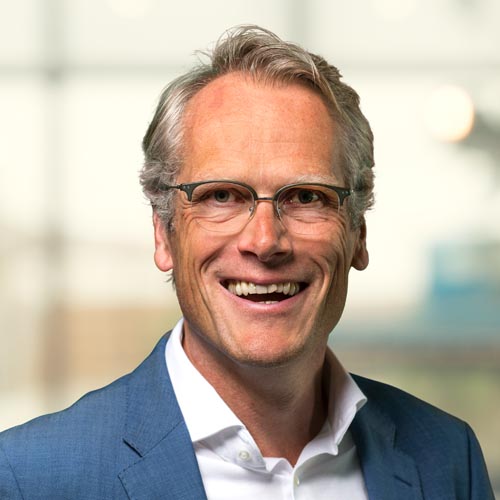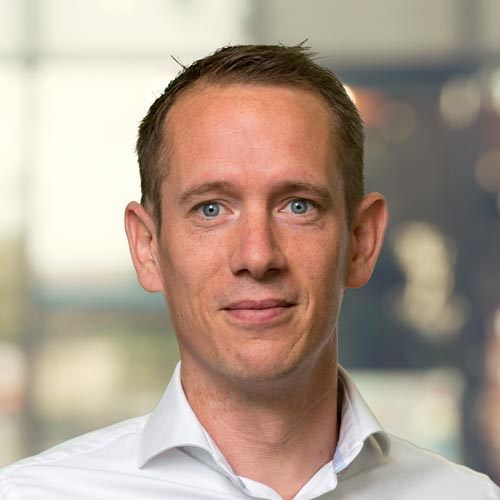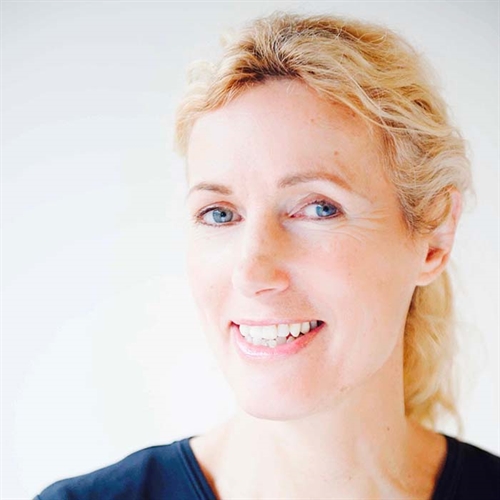
Environment and sustainability: together towards a circular economy
A circular economy is the foundation of a sustainable society. We contribute to this with research and innovations in the area of the environment and sustainability. For example, we are working on circular value creation and circular plastics. And we are measuring and improving the air quality in the Netherlands.
A world of resources
Cities are there to be lived in, but at the same time they serve as a huge storehouse of reusable materials. We therefore don’t see waste, but rather a world of raw materials. We help companies to design products that can easily be reused. And if products do become waste? Then we develop innovative recycling technologies to recover raw materials.
Circular economy
The starting point? Keeping products and materials in circulation as long as possible. However, higher demands on products and a growing demand for customisation result in increased product flows. With databases and models, we demonstrate how to innovate these chains and implement recycling.
Circular plastics
There are also significant opportunities and challenges for the plastics industry. Our country already has a good position in the collection, sorting, processing, purification, and reuse of plastics. But developing methods and technology to recycle even more and in a better way is an important priority.
Download the white paper now
Download our white paper ‘Don’t waste it! The dark side of today’s plastics must be tackled urgently’.
Recycling and industry
We are partners in a public-private partnership called Brightsite, in which we work on projects ranging from fundamental research to the realisation of pilot plants, including the chemical recycling of plastics. For example, we are helping Chemelot and the process industry to achieve their sustainability and safety goals.
Circular value creation
Smart reuse creates new circular business models and value propositions. We map out the costs and benefits of the steps in the value chain. We analyse the possibilities and advise on the scenarios in a circular economy. In doing so, we also delve into the social cost-benefit analysis (SCBA), in part to highlight the role of government. Circular value creation gives direction to the implementation of a circular economy.
Climate and air quality
We are contributing to a clean and healthy climate in the Netherlands. We do this by developing models and small sensors that measure and predict exposure to, for example, particulate matter, microplastics, and noise. We also develop large-scale satellite observations to identify harmful substances in the atmosphere. When it comes to air quality, we have the most state-of-the-art methods and equipment for measuring, recording, and modelling emissions of harmful substances and greenhouse gases. Based on our data and analyses, we make proposals for reducing emissions.
3 phases of circular economy
For a long time, the focus was mainly on recycling. But a circular economy goes far beyond sorting and reusing materials. Today, the government uses the R-ladder, which consists of three phases. The phases of a circular economy are: the design phase, the use phase, and the discard phase.
In the design phase, the focus is on Rethink, Reduce, and Refuse. It would make a huge difference if consumers decided to stop buying disposable goods. This would make it more interesting for producers to engage in circular business and to produce products that are in line with the principles of the circular economy.
In the use phase, the focus is on Re-use, Repair, Refurbish, Remanufacture, and Repurpose. Is it possible to repair or reuse old products? And what other options are there to extend the life of a product or raw material?
And here, as a final step, is where Recycle comes in. But in order to recycle products better, it helps if producers take this into account during production. And that is the design phase again, the first step, which brings us full circle.
On the way to a circular economy
We are actively helping to accelerate the transition to the circular economy. How? For example, with these 5 initiatives:
It isn’t easy to estimate the future environmental impact of innovations in construction. There is a great deal involved. With the Next Generation Impact Assessment, we offer companies the opportunity to gain an impression of the CO2 reduction that building innovations can deliver.
Tropomi maps out air quality and greenhouse gases worldwide. We combine the large-scale data from these and other satellites with sensor networks at a much lower resolution level. We interpret the various data and align the models. This allows us to zoom in so far that the government, or an individual citizen, can see the air quality at street level.
We are clearly only at the beginning of the possibilities regarding the processing and proper recycling of raw materials. We must ensure that we make much better use of the billions of kilos of raw materials that the manufacturing industry processes every year after use. Read more in our interview with MetaalNieuws: ‘Toeleverancier moet proactief inspelen op circulariteit’.
If you want to reuse solid wood, it may take some effort, but it’s not rocket science. And using the fibres of waste wood to make sheet material doesn't have to be complicated either. But we are looking a step further and are currently also researching what you can do with cellulose and lignin.
What do we do with the plastic flows for which mechanical or chemical recycling is too expensive? We have a clear answer to that question: thermochemical recycling. Using this method, we extract usable raw materials from mixed and contaminated plastic flows at high temperatures.
Get inpired
Mapping out biodiversity thanks to particulate matter filters


TNO opens test lab for next generation battery technology


Biopolymer design by machine learning


TNO offers insight into air quality around airports


Predicting farm emissions from mobile measurements












